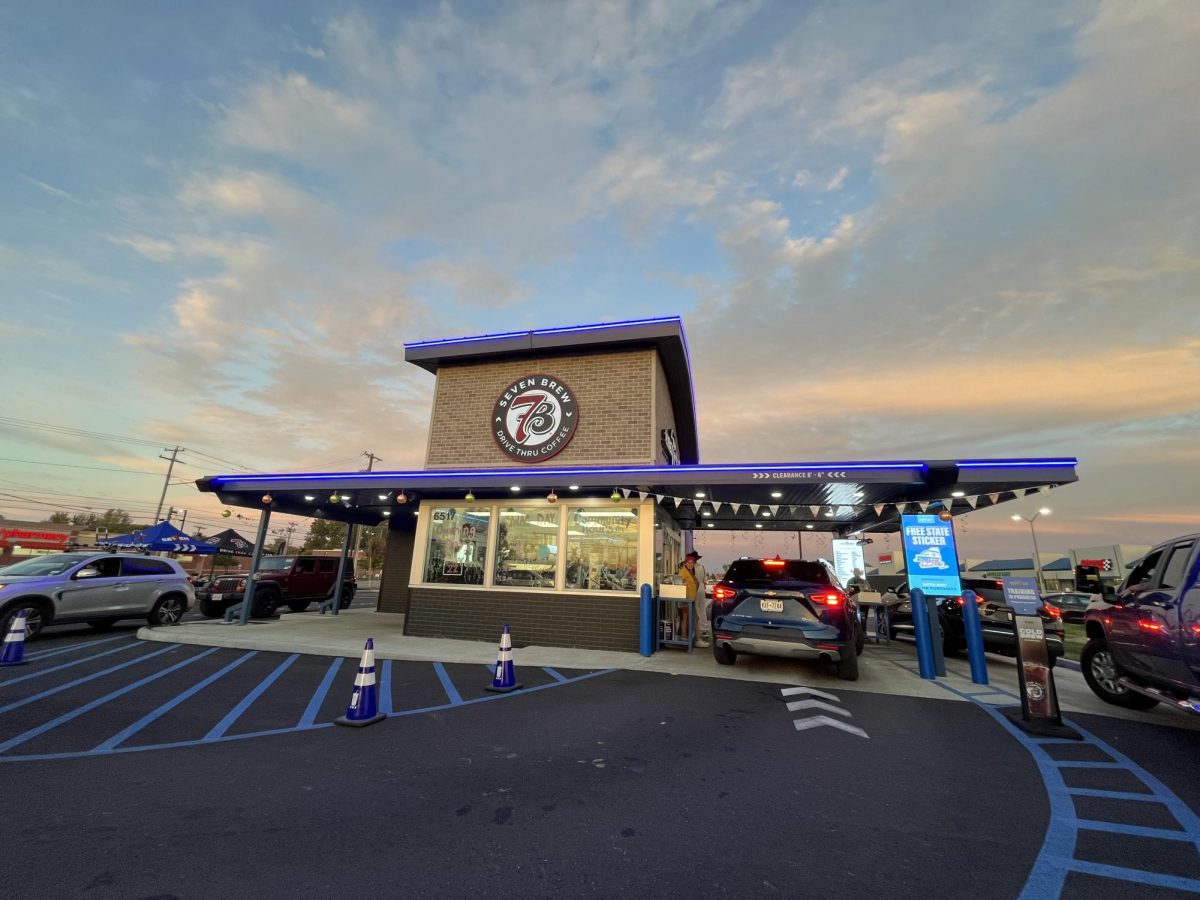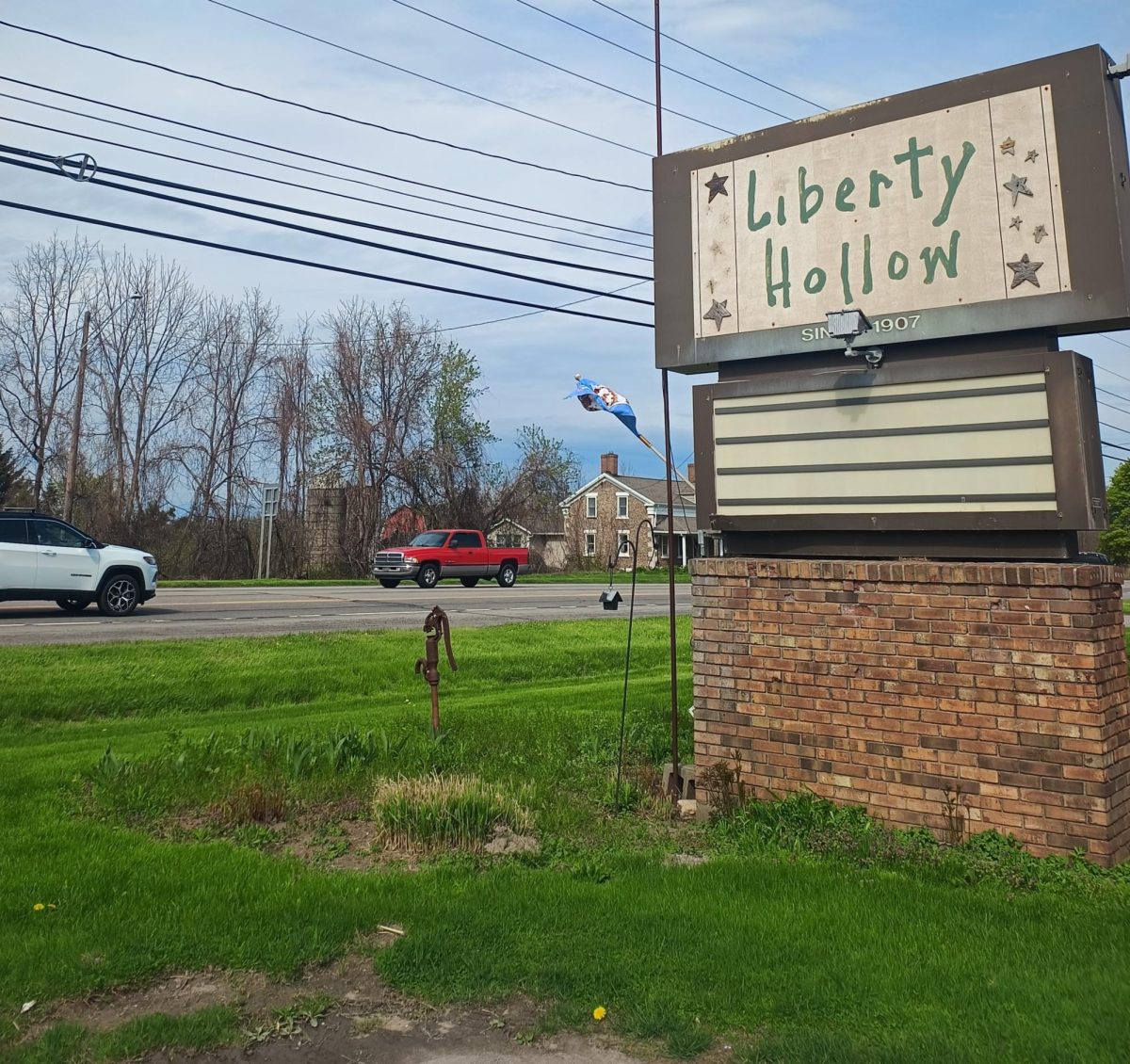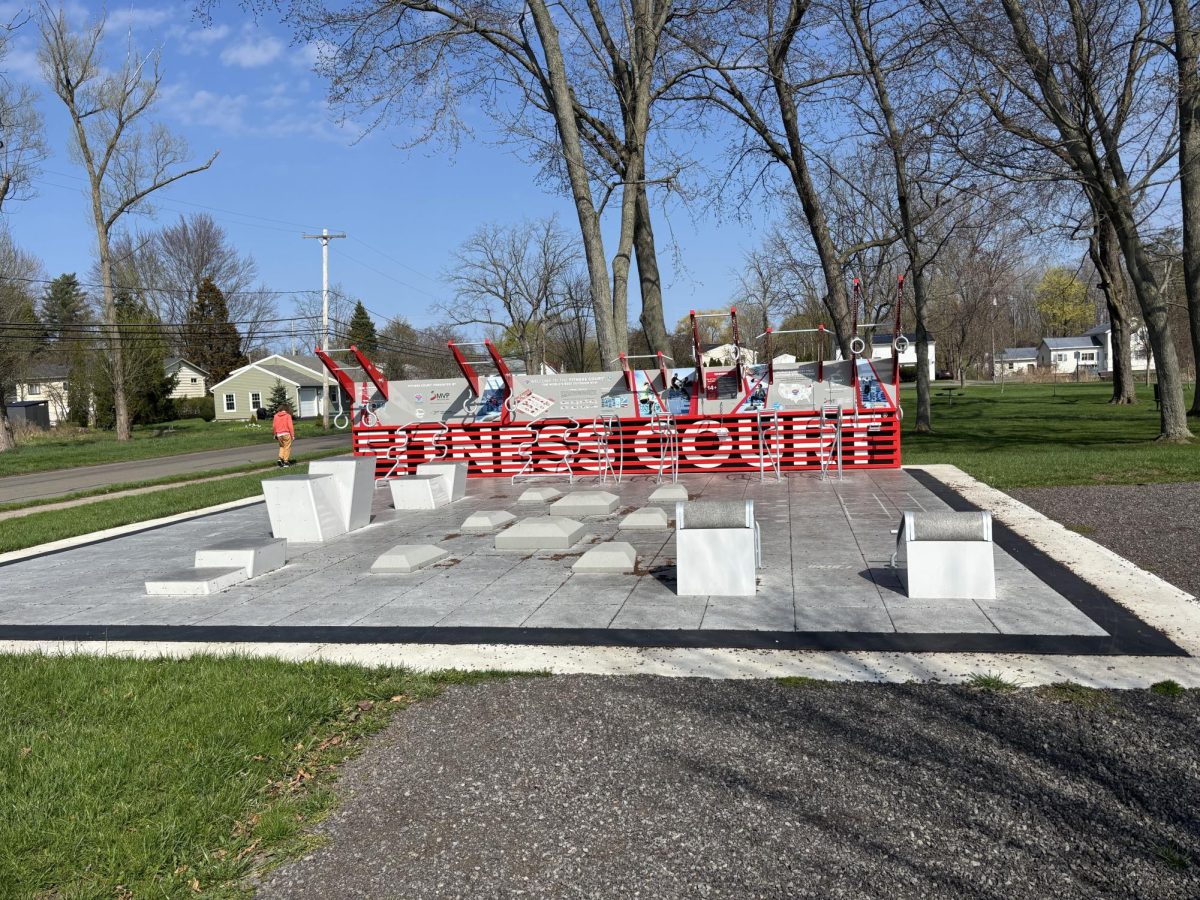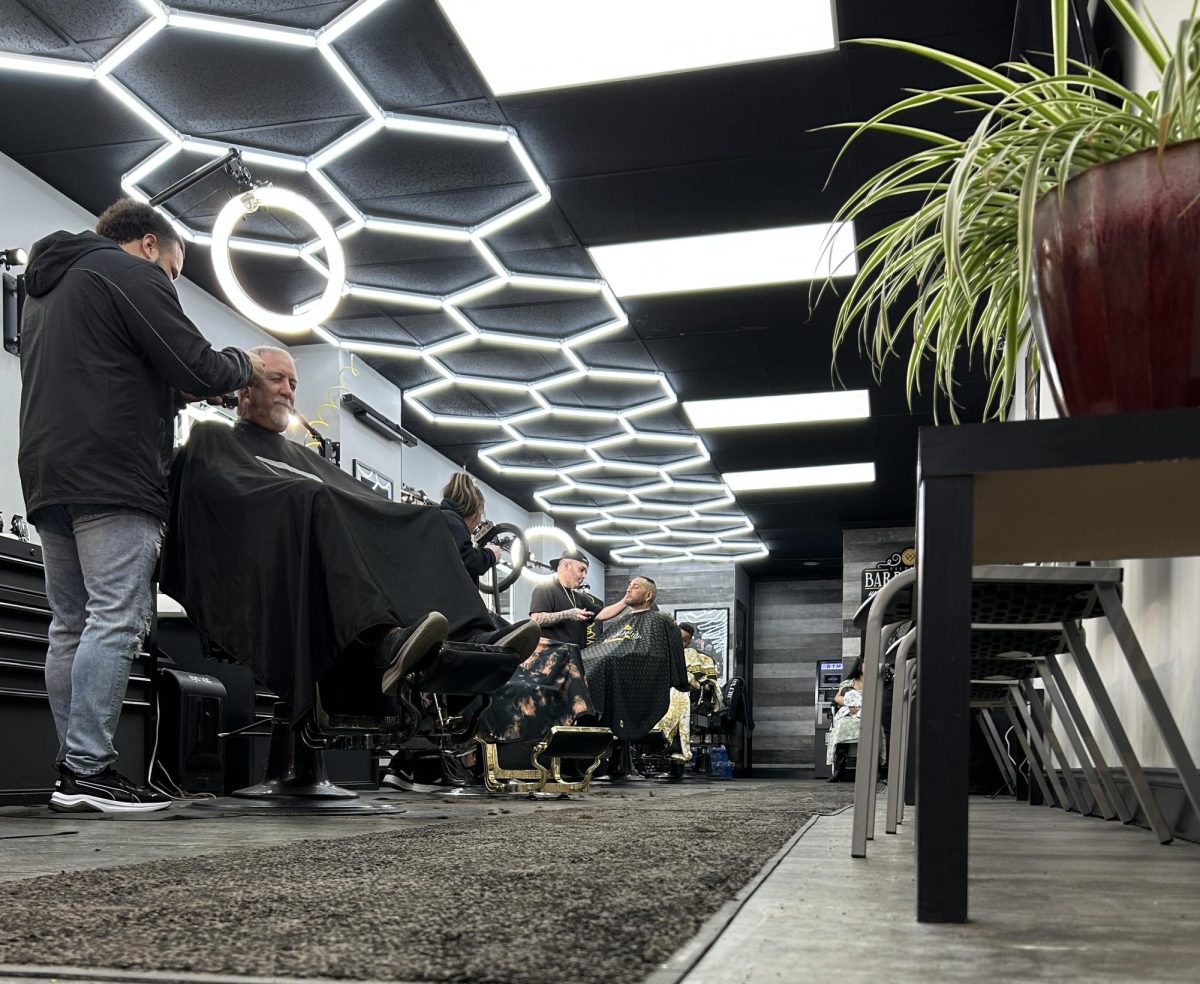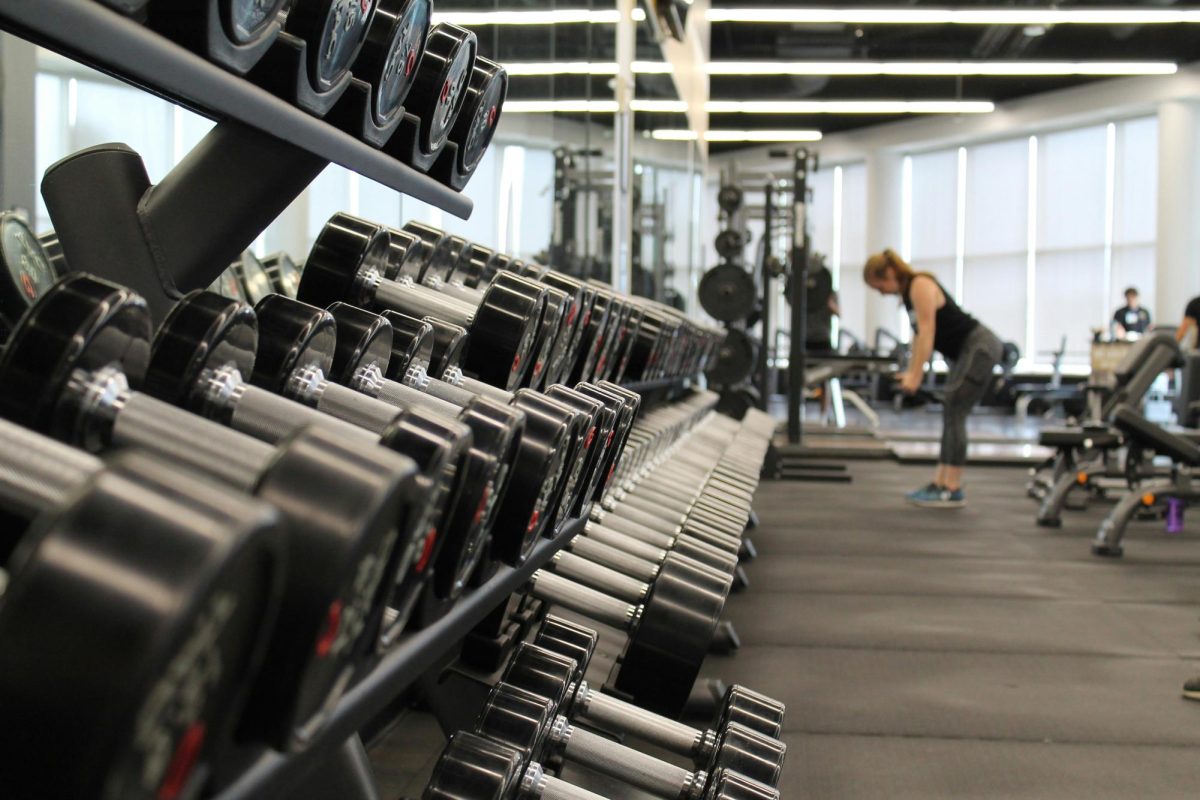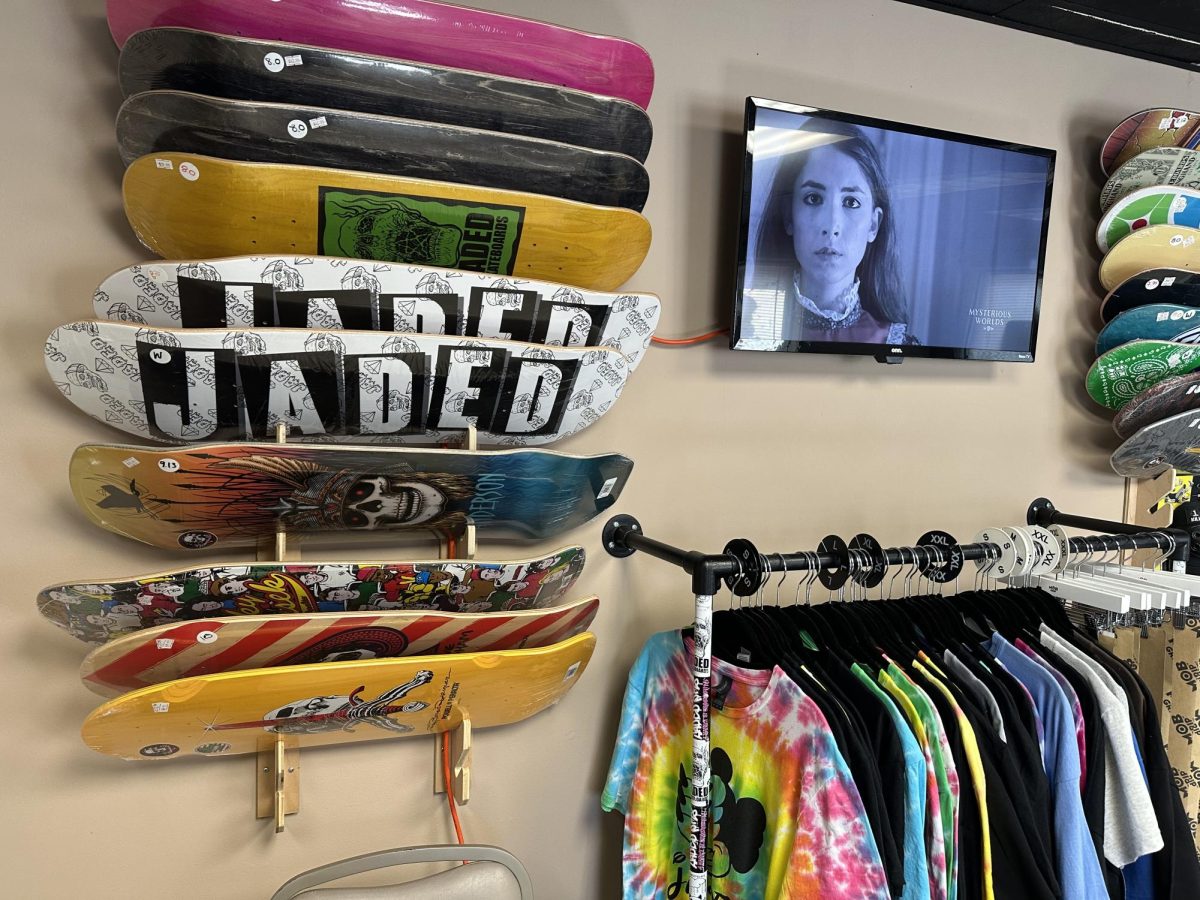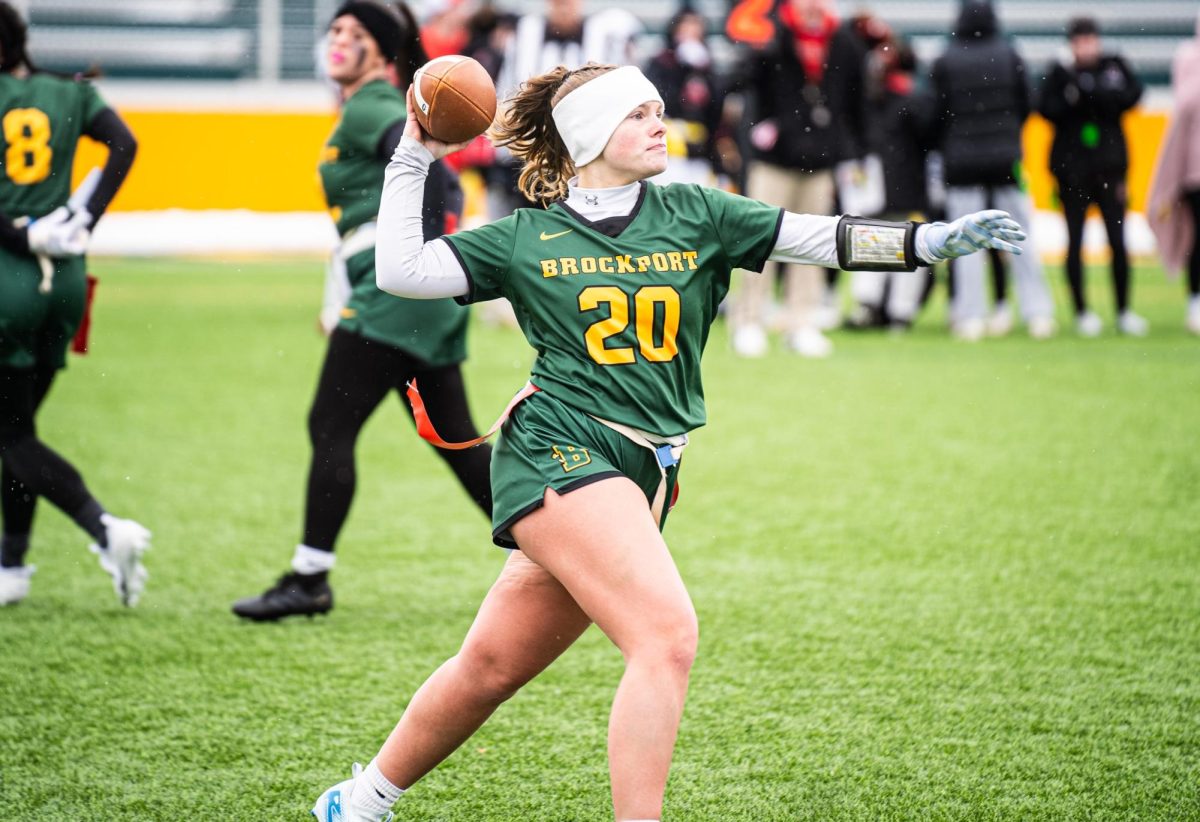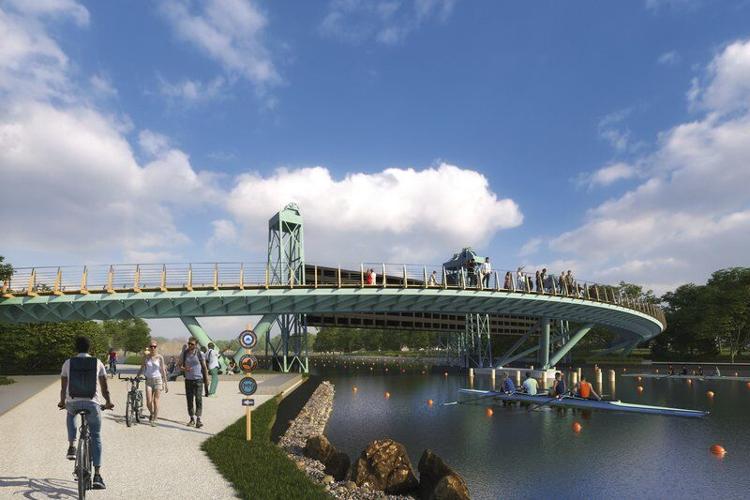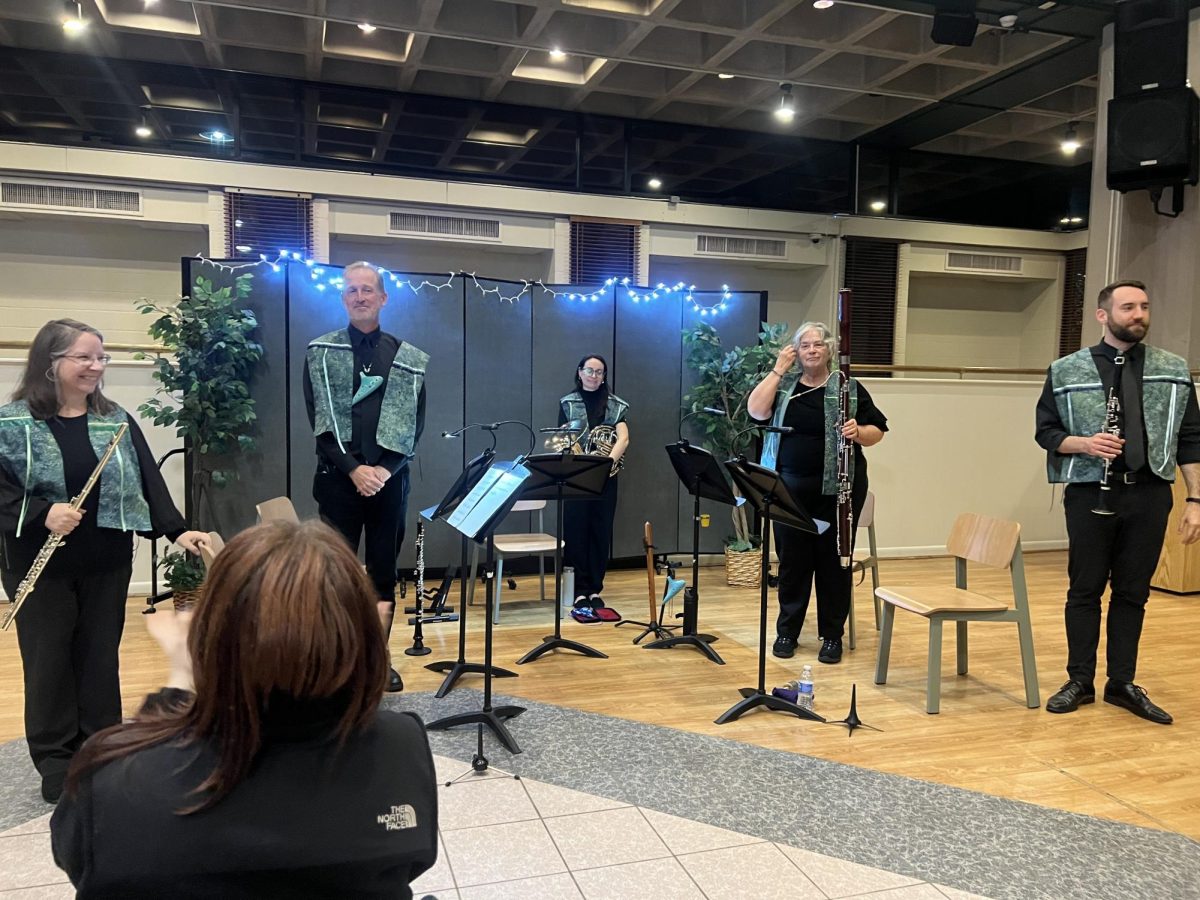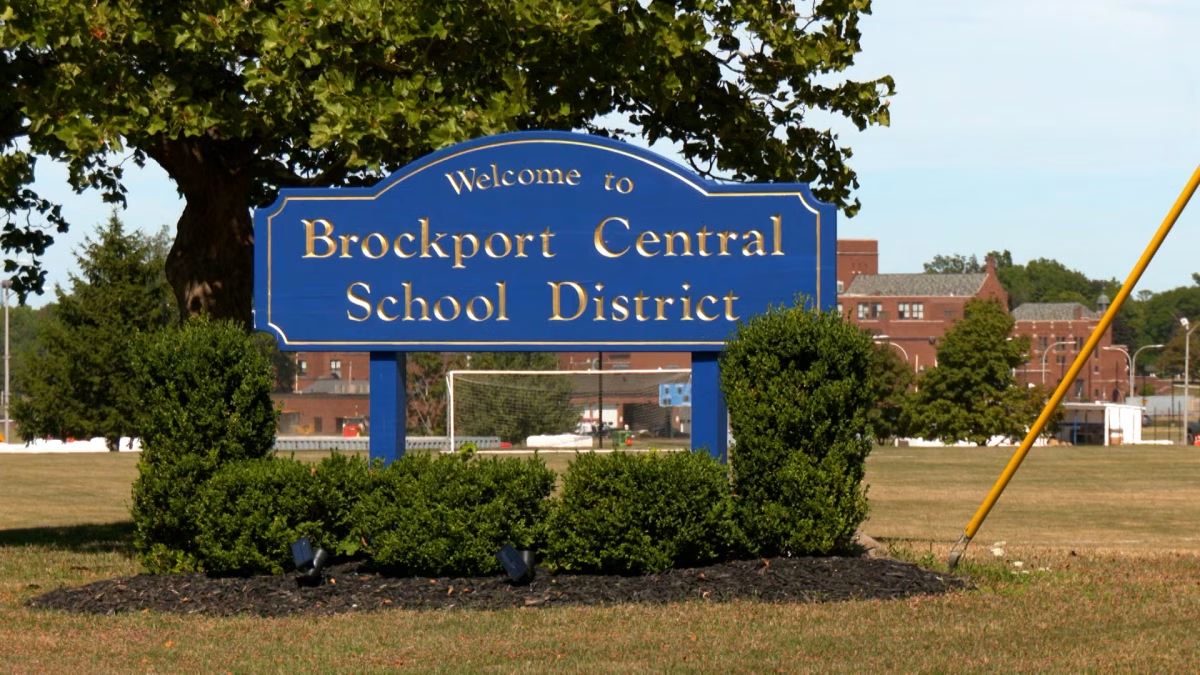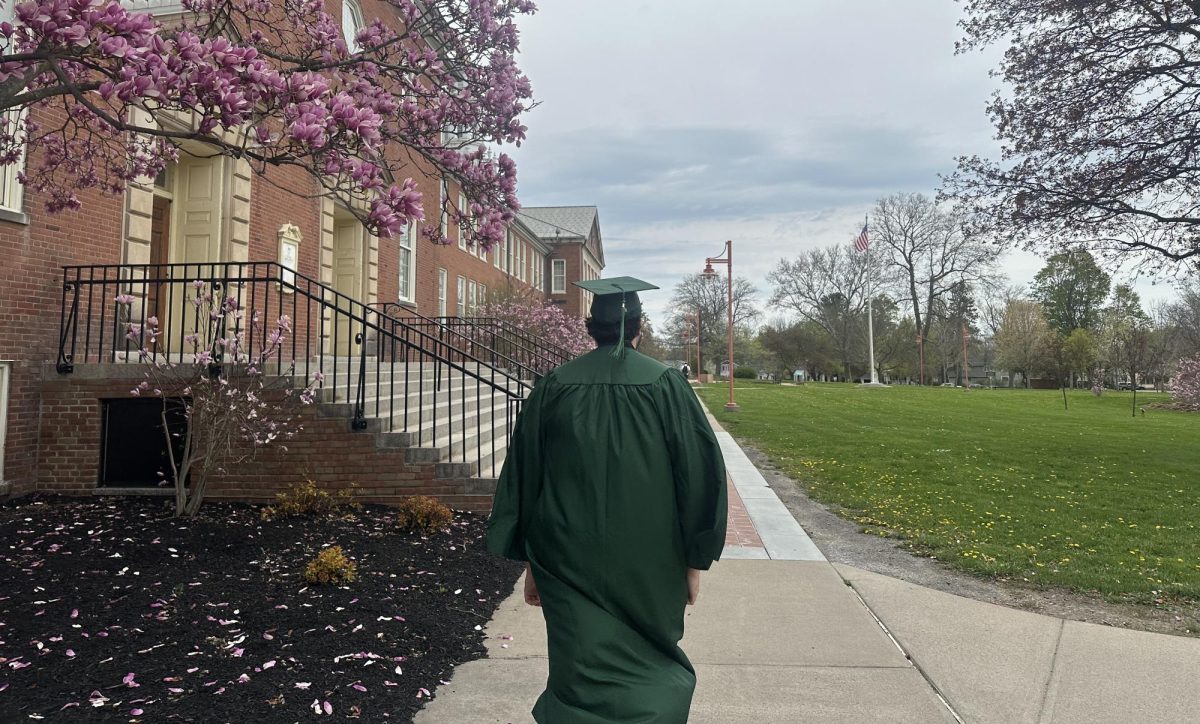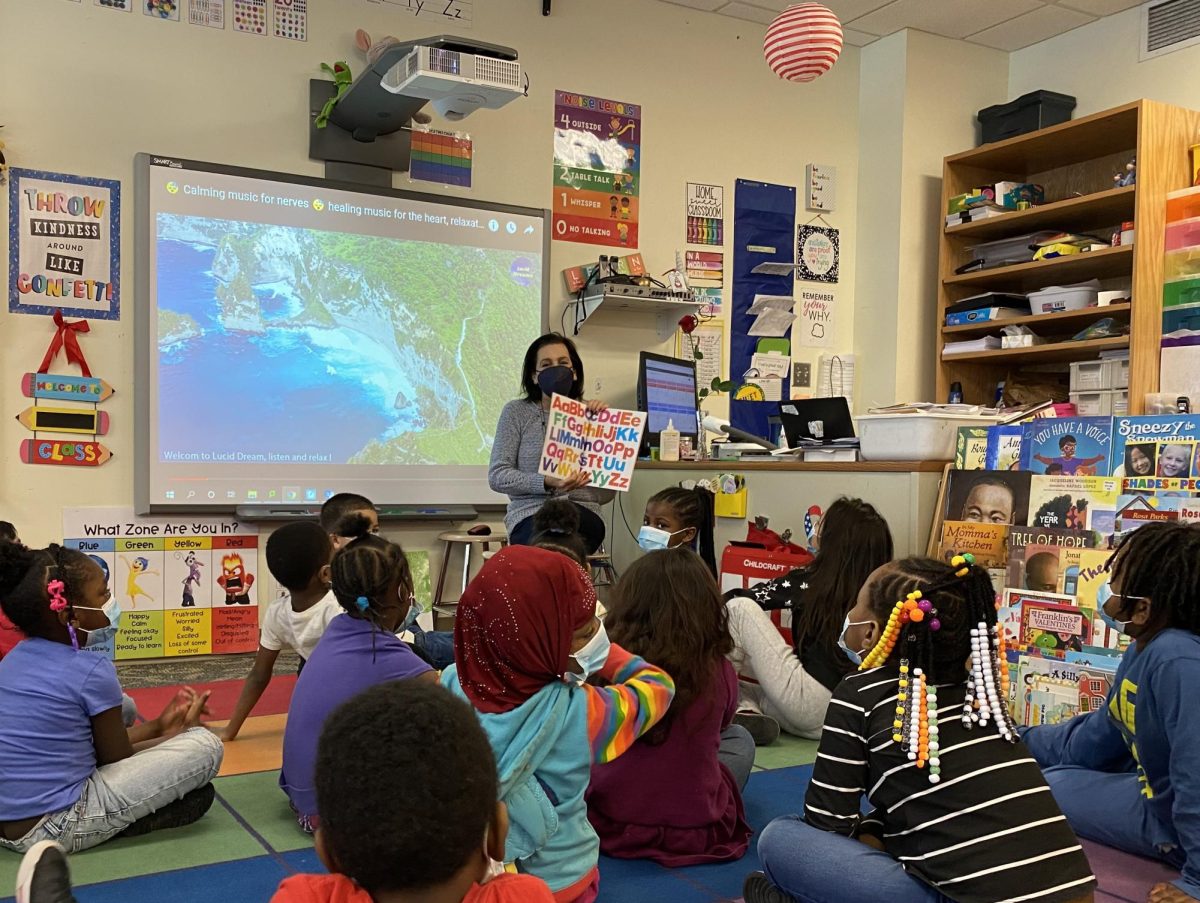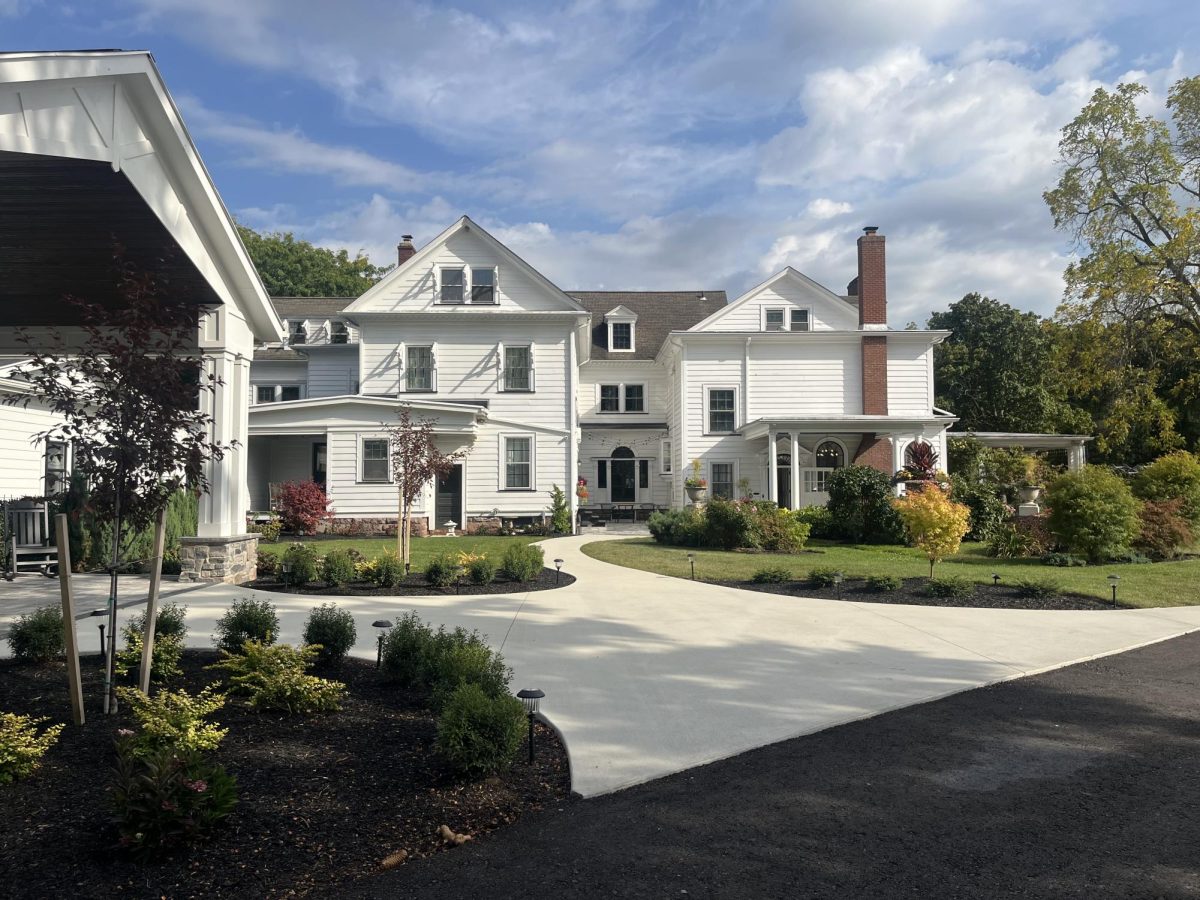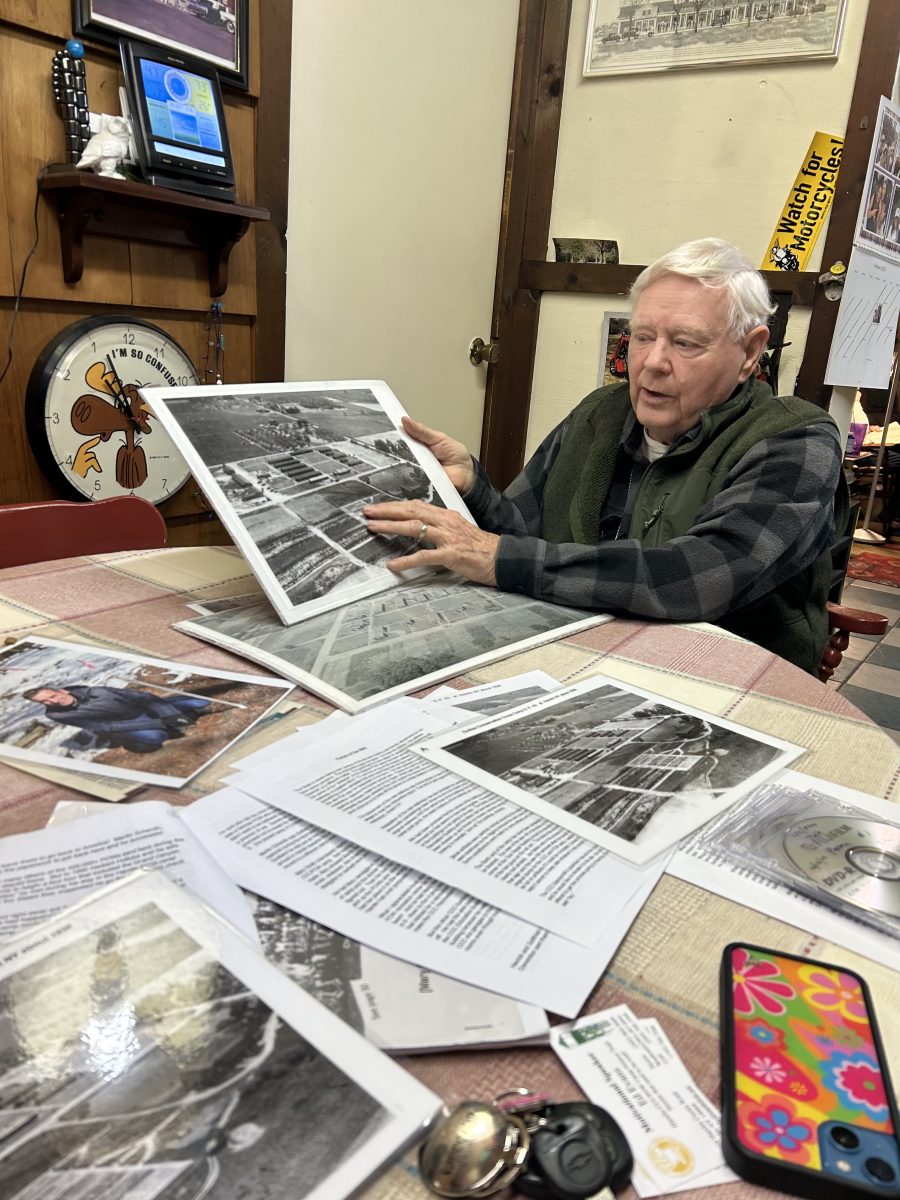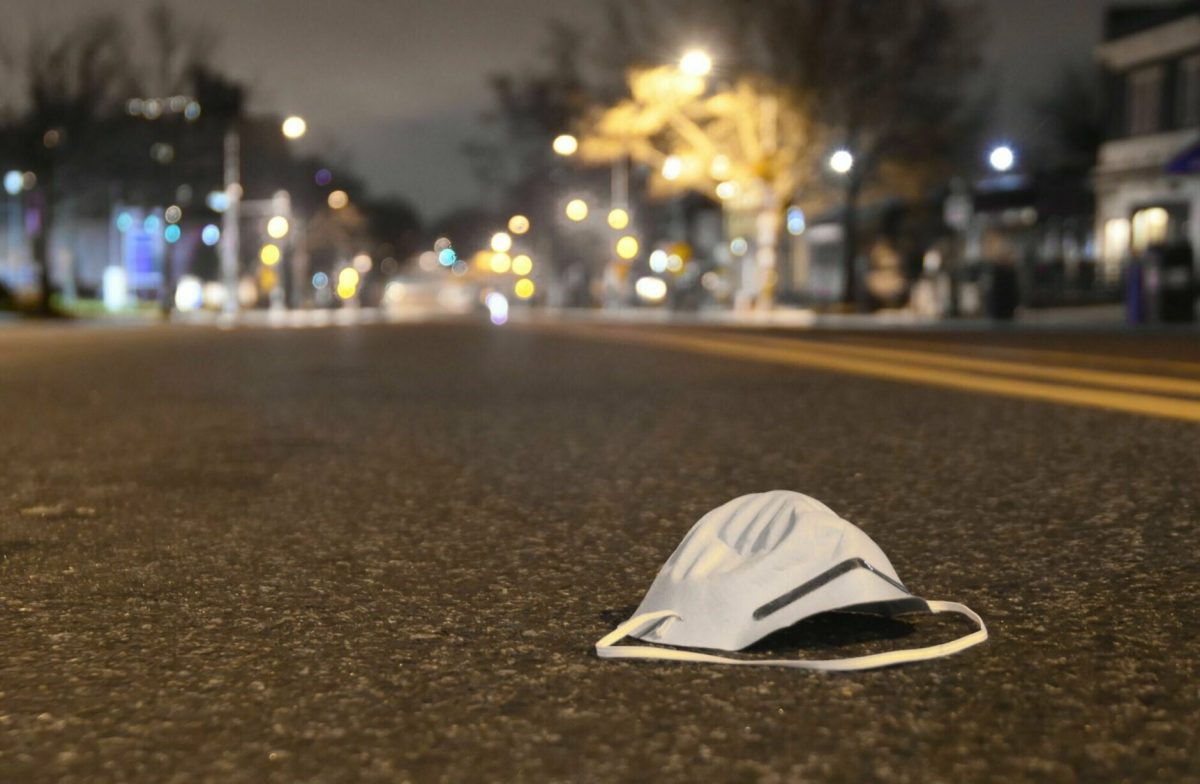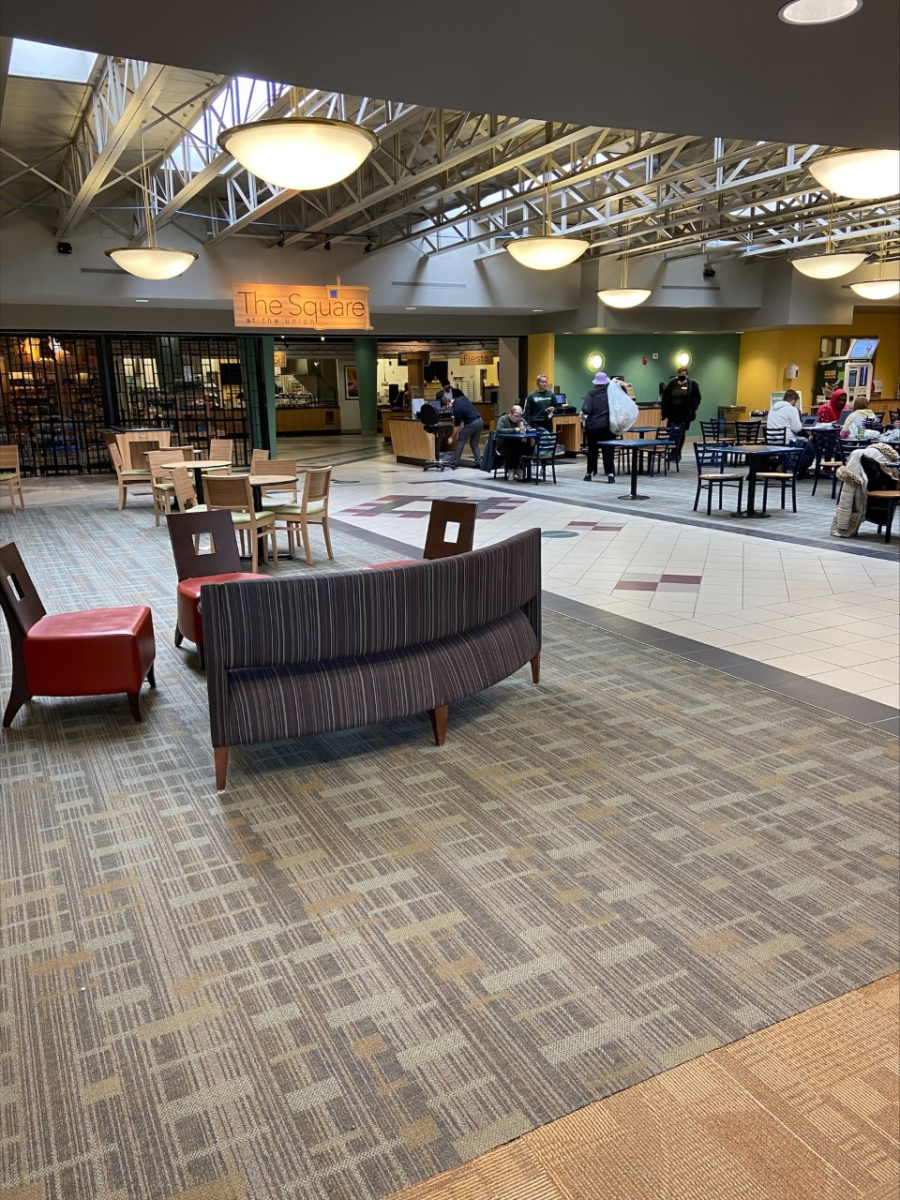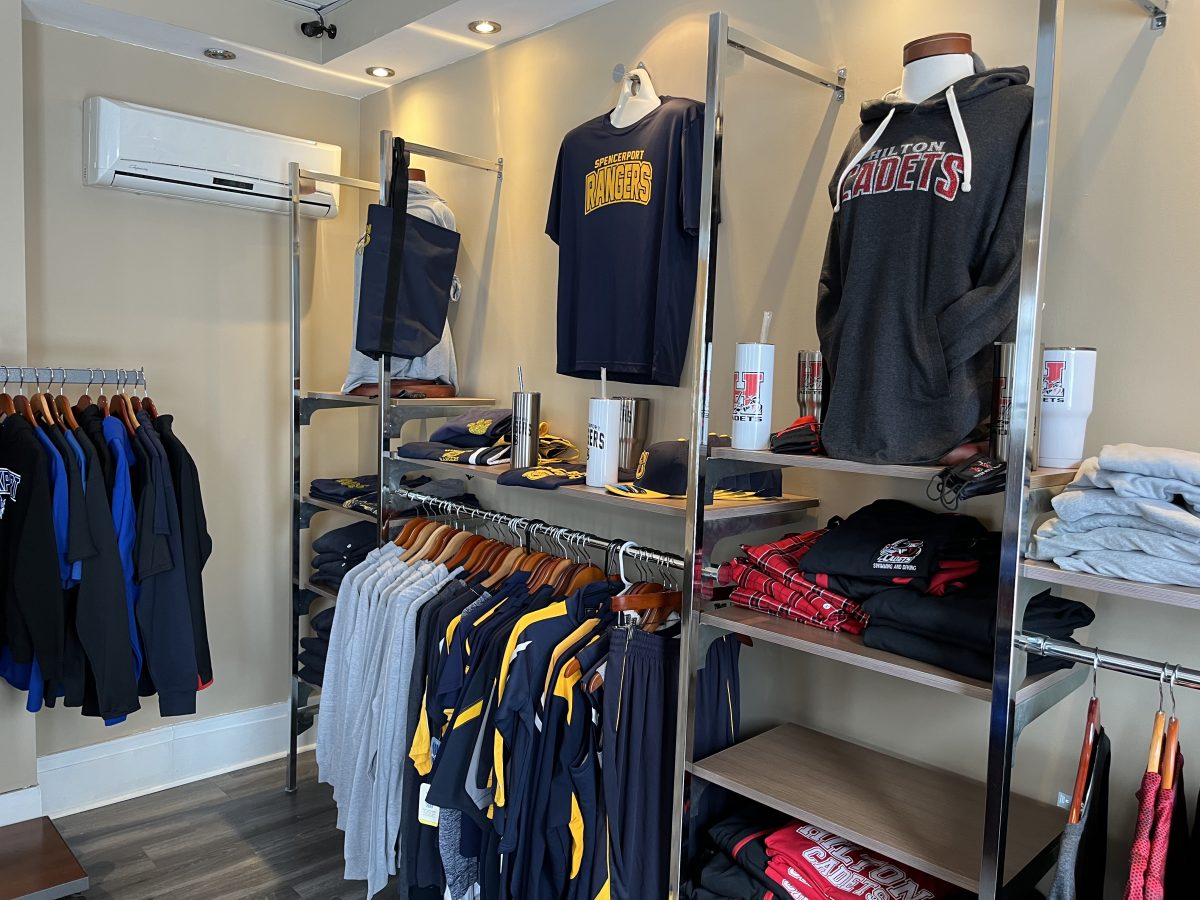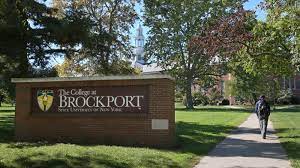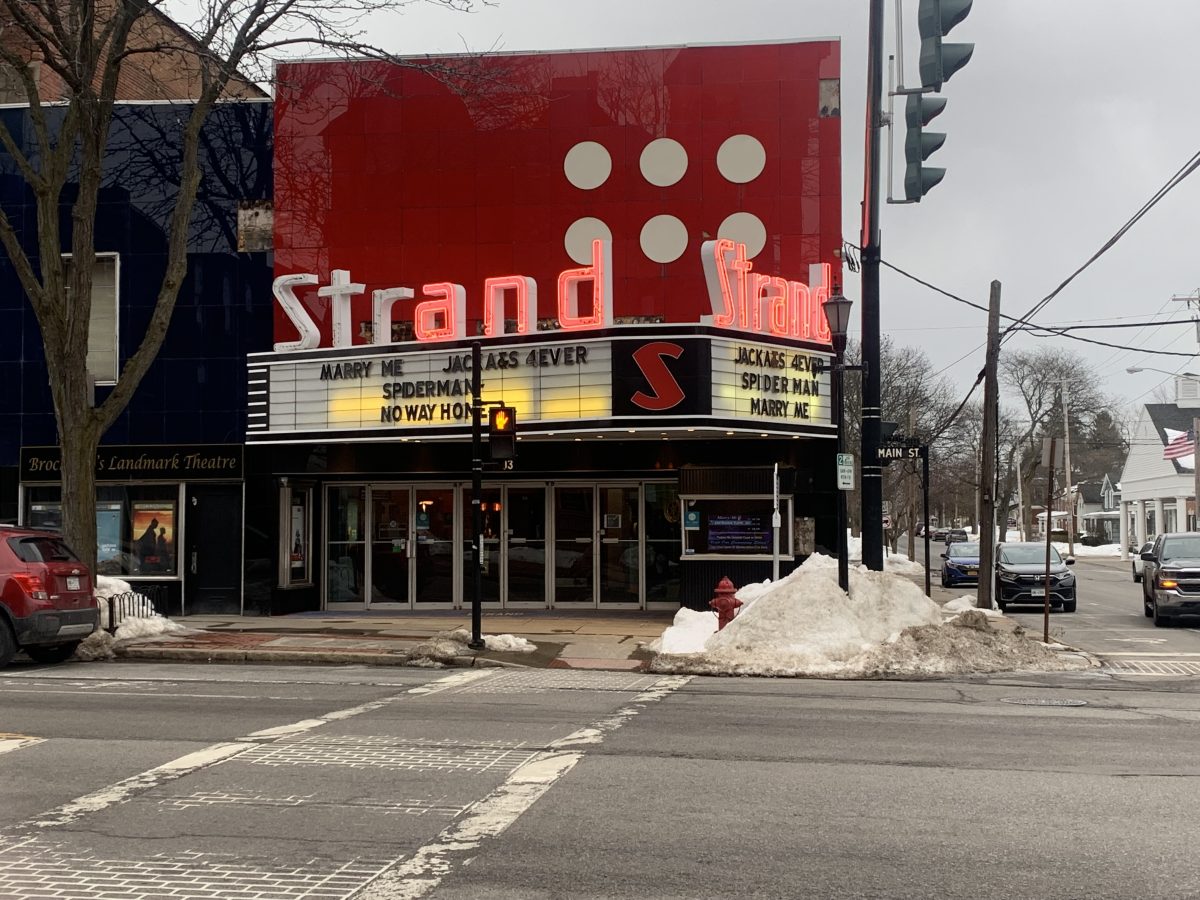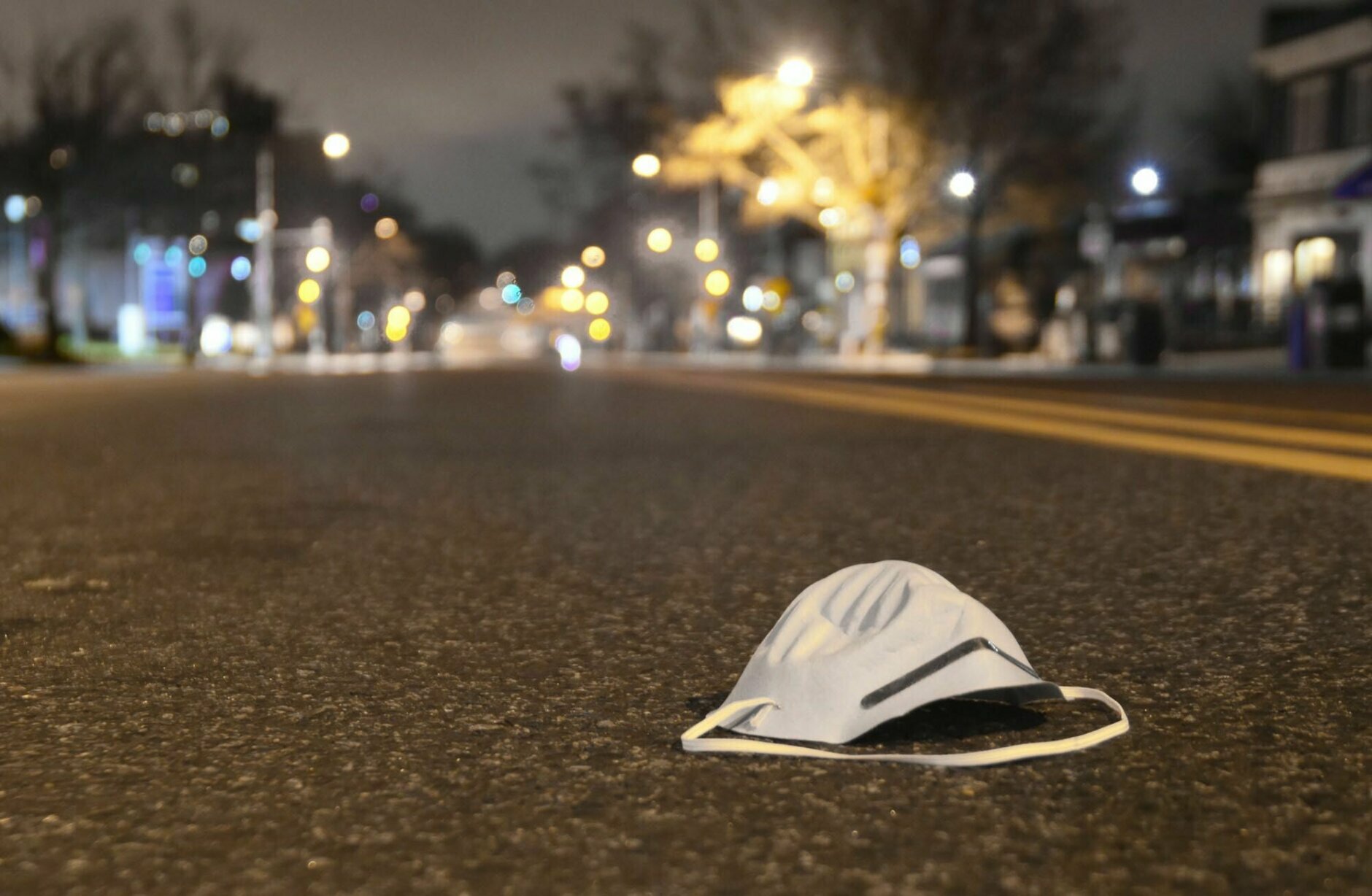
mask on empty road. Unsplash.comNeighborhoods aren’t just where people live. For many, they represent bonds of community and a shared local culture that defines an area as more than just a spot on a map. Few places have the same sense of community quite like college campuses.
In many ways, college campuses act as small cities, environments designed to be walkable, sustainable, goal driven, and active. There’s a reason many say that college was the best time in their entire lives. They met their best friends, and many experienced their first taste of freedom. But ever since the pandemic forced people into their homes; sequestered from their peers, college students don’t seem to feel the same reverence for the experience that previous generations did.

Walk-ability chart. Pittsburgh Pennsylvania (CSU Study)
According to Professor Lewis Sherman of California State University in his essay “Walkable Neighborhood Systems,” neighborhoods should achieve the complimentary goals of affordability, mobility, health and safety, good design, and community. Suburbia; the car-oriented and picket fence style layout, often denies people easy access to achieving these goals, or so Sherman suggests.
Sherman’s research shows that when people are isolated from each other, generally they are less happy, and their needs for community feel unmet.
English and Philosophy professor at Monroe Community College Scott Rudd says he agrees, and is feeling the impact of isolation himself, even without the pandemic.
“Yea no that’s interesting. It really is because you know, back in medieval times folks pretty much lived close to everything for their own survival,” said Rudd. “You’d hitch up the cart to walk into town, and you’d see all your neighbors and you’d know everybody so I have to imagine there’s a strong sense of community there. Now I just get in the Kia and go to work. I don’t even have a plant, let alone a neighbor.”
Students are also feeling the weight of social isolation, though for them, the pandemic plays a much larger role. Prior to 2020, college students, especially those living on campus, had ready-access to their peers, a walkable social environment, and campus resources. Since the pandemic began, students have had to isolate in order to protect each other, a feeling that SUNY Brockport Student Julie Beesheim understands, but finds difficult.
“It’s what we have to do.” Said Beesheim. “I don’t want to complain, I mean, it’s necessary. Generally speaking it’s not that bad. We have to stay inside, we can’t hang out with our friends, we can’t socialize on campus or do anything in the dorms or dining hall. And no one ever talks about how hard it is to interact with people while wearing masks, especially people you don’t know. Like, I don’t know how to read strangers anymore. Eyebrows are not enough for non-verbal communication. Covid pretty much shut down all social behavior on campus, and it’s super claustrophobic,” said Beesheim.
The Covid-19 pandemic has turned college campuses from social, walkable, peer focused environments, into stagnant isolation chambers. But this issue extends far beyond the reaches of Covid-19. The Connecticut planning and development committee, a State Government appointed group tasked with designing and improving parts of their cities, hired a number of engineers to plan and expand on some areas in their cities. One of those Engineers, Farhan Tahir, says that most towns are designed with isolation in mind.
“When a district gets blocked out, or let’s say on the smaller scale a town is being planned, a lot of times our goal is to create space between things,” said Tahir. “It’s not an evil thing but you need space for roads, and housing, and shops, and you want to make sure everything isn’t so crammed together in case more space for other projects is needed. You won’t see many towns laid out like they are in Europe. Over there they have tiled narrow roads only built for foot traffic and it’s gorgeous. In America we need space for cars. That’s what sucks. Our country is entirely too reliant on cars, so our towns suck,” said Tahir.
As society’s tactics for dealing with the COVID-19 improve, college students may return to their walkable, social lifestyles. However, the problem of community isolation and poor neighborhood design remain a problem off campus in the rest of the country. Students who graduate, start their careers, and purchase homes in suburbia may find themselves feeling just as isolated and disconnected from their community as they did in college during the pandemic.

